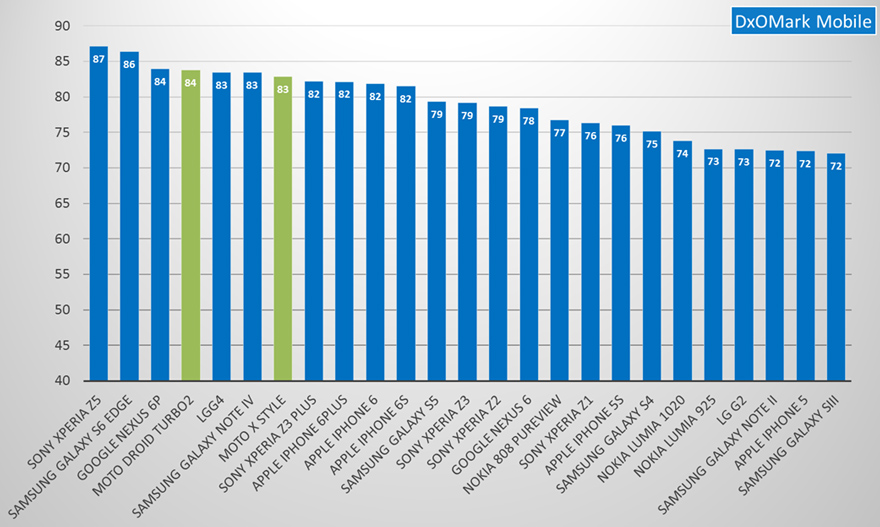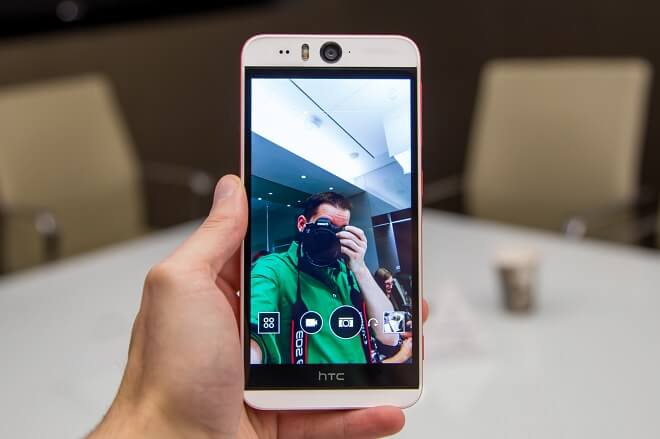The French testing website, DxoMark will now test and score the selfie cameras during its smartphone reviews to prevent its readers from any nasty surprises when they shoot with their phone’s front-facing camera.
In the past, DxOMark has been providing image quality ratings for standalone cameras, lenses, and rear-cameras of smartphones, but this is the first time that the selfie cameras of smartphones will be tested. The goal of introducing a test protocol of the front-facing cameras is to provide a better analysis of the smartphones’ image quality. Also, the fact that most front-facing cameras lag far behind the rear cameras in a smartphone is never highlighted on any reviewing platform adds to the significance of presenting this practically nonexistent sort of testing.
The scores in the wake of reviewing both the front-facing camera as well as the rear cameras will be published on the main website of DxOMark, shaping a thorough analysis of that smartphone. After introducing the selfie camera testing DxOMark now claims to cover all the imaging sensors that smartphone owners use.
The selection of criteria to judge the front-facing cameras’ performance across both the possible environments- indoor and outdoor uses over 45 test scenes. Over 1,500 still-images and over two hours of video shot are required for two meta scores for stills and videos. Both the scores are then considered for the overall score. However, the detailed list of tests and their marking process isn’t available yet.
Currently, there is no update regarding the features like “Night Sight” making it to the testing cut. Rumors suggest that the latest camera features might not be included in the testing. Nonetheless, the tests developed for the testing protocol include a bokeh chart, dead leaves chart for noise and detail analysis, realistic mannequins for repeatability, and an HDR portrait setup.











